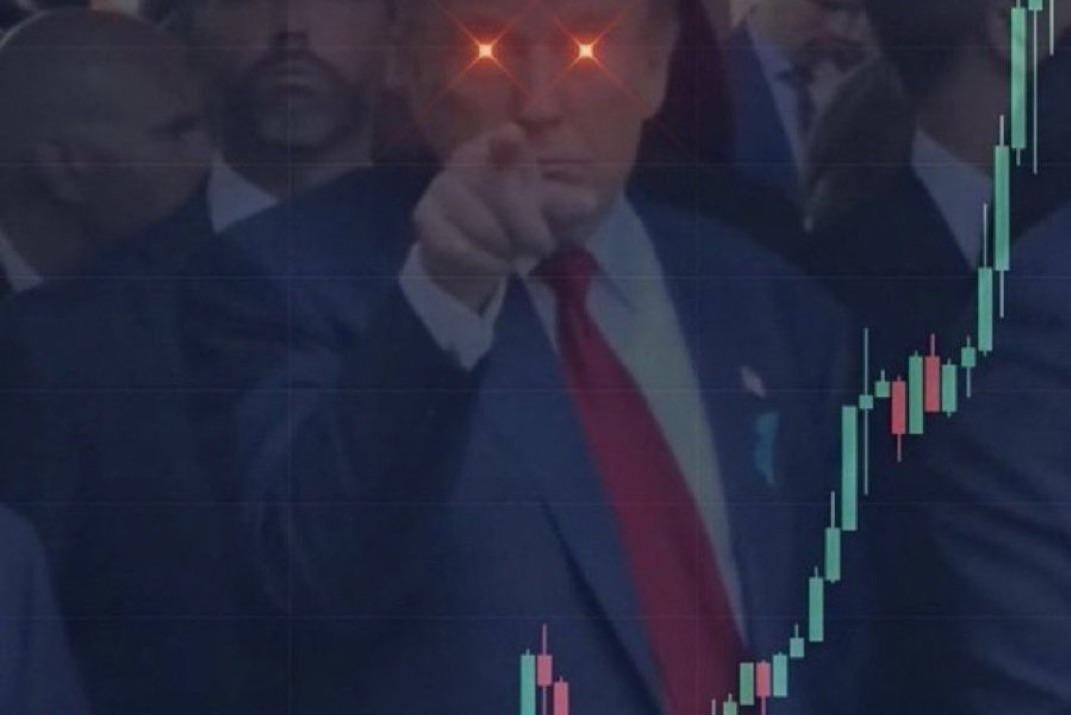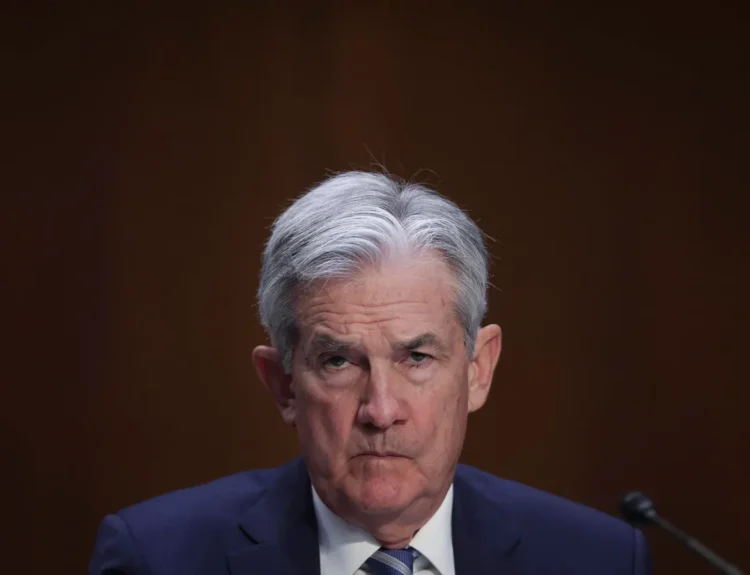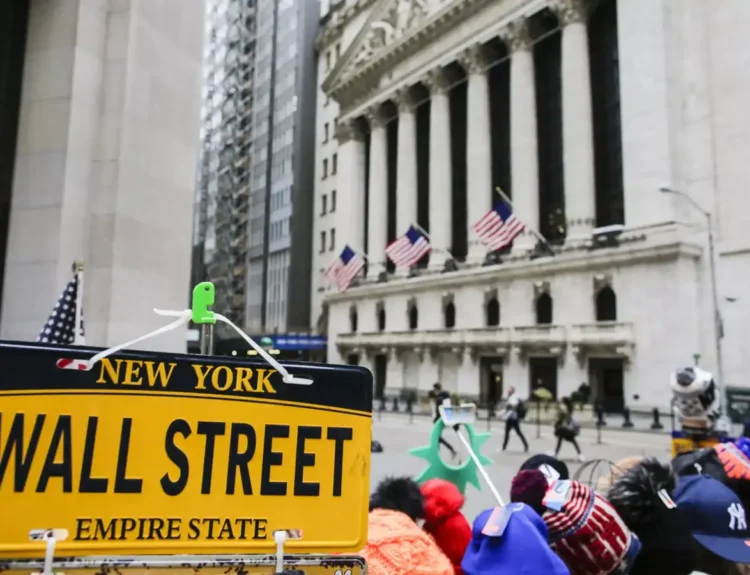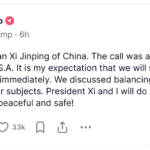President Trump will have little direct impact on the stock market, but his policies, initiatives and posts certainly can make prices move. Here’s how regarding Kiplinger.
Ahead of his January 20 inauguration, President-elect Donald Trump’s policy promises are in sharp focus for their potential to shape the stock market in 2025. Trump’s proposed pro-business agenda has bolstered optimism in some areas, but concerns over tariffs, taxes, and inflation loom large.
Stock Market Outlook
After equities rallied following Trump’s election win, momentum stalled at the start of 2025. LPL Financial’s George Smith attributes the rally to “political clarity” and expectations of a pro-business environment. However, uncertainty about tariffs and inflation risks continues to challenge investor sentiment. Still, the economy remains robust, with earnings expected to double-digit growth this year.
Interest in crypto is expected to rise
Trump’s recent embrace of cryptocurrencies marks a stark contrast to his earlier skepticism. His vision of making the U.S. a “crypto capital” has driven institutional and retail interest:
- Bitcoin surged above $100,000 in late 2024, and analysts predict it could reach $150,000 this year.
- Speculation about a potential U.S. bitcoin reserve has boosted market enthusiasm.
- Crypto ETFs saw $41 billion in inflows last year, with growth expected to continue under pro-crypto policies.
Trump could spark interest in new ETFs
Trump’s crypto stance aligns with a broader surge in exchange-traded funds (ETFs). The ETF market grew to $10.36 trillion in 2024, fueled by inflows into thematic investments like crypto. Analysts expect new trend-driven ETFs combining digital assets with hedging strategies to emerge in 2025.
Tariff Concerns
Trump’s proposed tariffs are a significant concern for markets:
- Initial plans include a 20% tariff on imports and a 60% tax on Chinese goods, potentially phased in gradually.
- Economists predict higher inflation, a stronger dollar, and lower profits for U.S. firms with international exposure.
- Tariff-driven inflation could limit the Federal Reserve’s ability to cut interest rates, further complicating market conditions.
Tax Policy Uncertainty
While Trump has proposed lowering the corporate tax rate to 15%, fiscal constraints may keep it at 21%. The potential for unchanged or higher corporate taxes could lead to market volatility, especially given investor expectations of tax cuts.
Key Risks for 2025
- Elevated volatility driven by policy uncertainty, inflation risks, and a potentially shallower Fed rate-cutting cycle.
- A bond market adjusting to rising Treasury yields, limiting the administration’s room for aggressive fiscal changes.
While Trump’s policies have the potential to drive growth and innovation, the uncertainty surrounding key initiatives like tariffs and taxes may lead to heightened market volatility in 2025. Investors are advised to maintain long-term strategies to navigate the twists and turns of the new administration’s impact on financial markets.
Disclosure: This article does not represent investment advice. The content and materials featured on this page are for educational purposes only.










